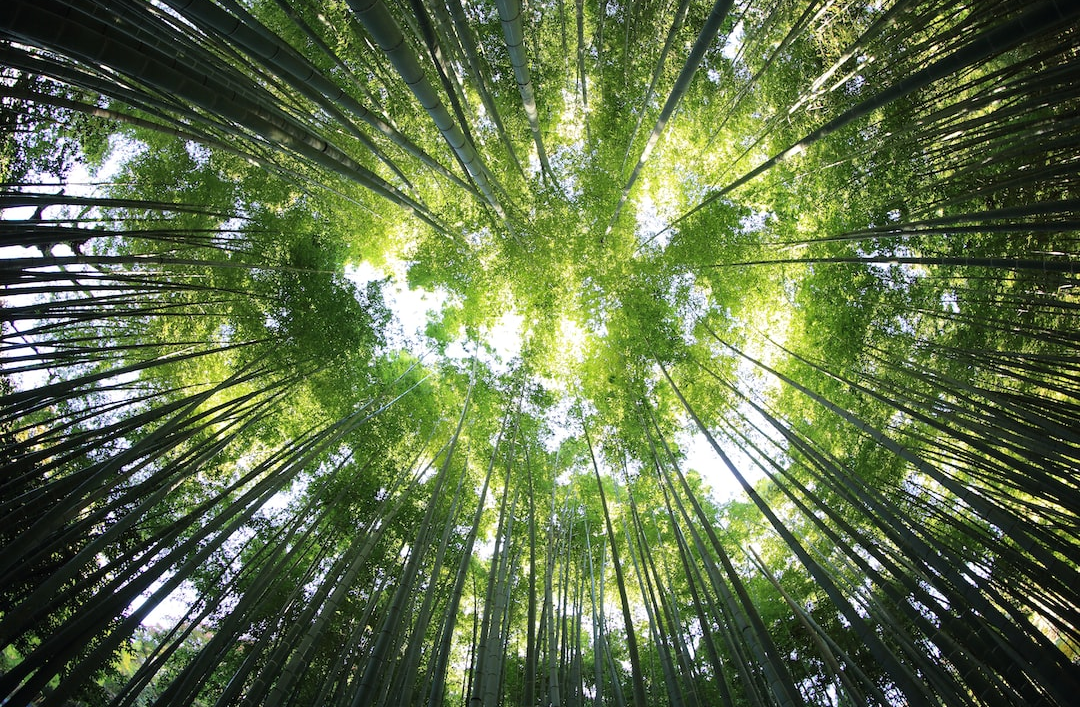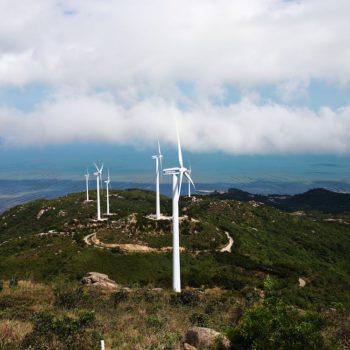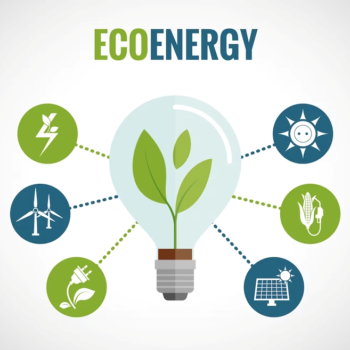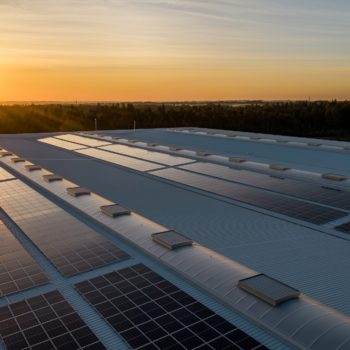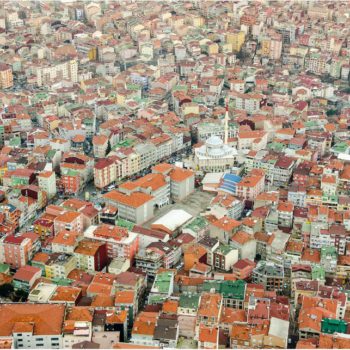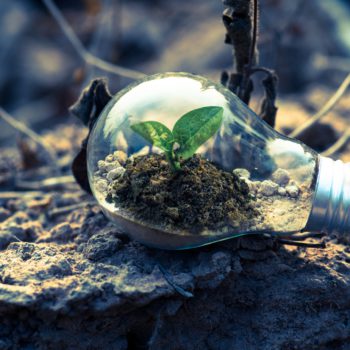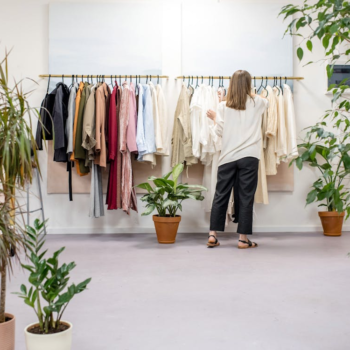|
|
We Reviewed. You Benefit.
Get Insider Access to Discounts on Top Sustainable Brands We've Reviewed Just for You! WEEKLY!
Bamboo has emerged as one of the most popular and sustainable materials recently. With its fast growth rate and wide range of applications, it is being hailed as an environmentally friendly alternative to traditional hardwoods. But is bamboo as sustainable as it seems?
This article will delve into the various aspects of bamboo and its sustainability. We will explore the key characteristics of bamboo that make it an eco-friendly option, such as its rapid growth, ability to absorb carbon dioxide, and low water requirements.
Whether you are considering using bamboo products or simply curious about their environmental impact, this article will provide you with all the information you need to decide on this versatile and trendy material.
What is Bamboo?
Before diving into why bamboo is considered sustainable, let’s first understand what bamboo is. Bamboo is one type of grass, which is surprising considering its tough and durable structure. Bamboo, for thousand of years, is diverse and can grow in various environments, from mountainous regions to hot tropical areas.
Bamboo is a robust and fast-growing plant, lauded for its versatility and better for the environment. Different species of bamboo are found in the tropics and have gained fame as a ‘wonder plant’ amongst environmentalists, rightfully so. Its quick growth and decomposition contribute significantly to carbon absorption, making it an ideal alternative for curbing greenhouse gases.
According to the International Network for Bamboo and Rattan (INBAR), bamboo and rattan can significantly improve livelihoods in rural and urban areas.
Bamboo as Highly Sustainable Choice
Bamboo is revered as one of the world’s most sustainable resources for various reasons. Here are some benefits of using bamboo which earns its shiny green badge of sustainability:
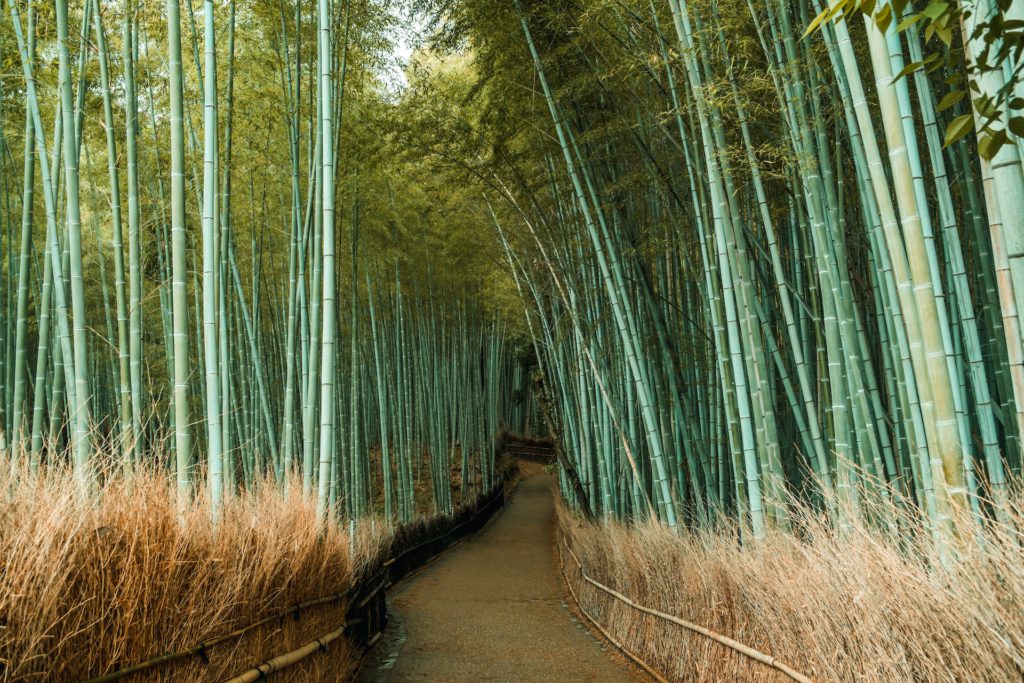
1. Rapid Growth
Bamboo doesn’t mess around when it comes to growing. It’s one of the fastest-growing plants on the planet. This means that we can harvest bamboo at a quicker rate in comparison to hardwood trees, which require decades to reach maturity. Bamboo is like the hare, and hardwood trees are like the tortoise in the race of re-growth.
SEE HERE: https://bamboou.com/5-surprising-countries-that-are-growing-bamboo/
2. For Replanting
Say goodbye to the exhaustive task of replanting! When you cut down a bamboo stalk, another sprouts up and takes its place. This continual growth cycle helps to maintain the soil’s health and prevent erosion.
3. Consumes Less Water
Bamboo truly shines in today’s world, where water scarcity is a pressing issue. It requires significantly less water to grow compared to other plants like cotton.
4. Absorbs More CO2
This is where you can find bamboo takes center stage in fighting climate change. Bamboo absorbs more carbon dioxide from the atmosphere than most other plants and trees. Plus, it releases more oxygen, making the world a better place to breathe!
“When a single bamboo seedling is planted, it will become a clump. In the case of giant tropical bamboo, one newly planted bamboo plant can sequester 2 tons of carbon dioxide in just 7 years. A hardwood tree sequesters 1 ton of carbon dioxide in 40 years. Bamboo can absorb up to 5 times more CO2 compared to pine.
If 10 million hectares of bamboo were planted on degraded land worldwide, it is estimated that bamboo plants and their products could save more than 7 gigatons of carbon dioxide in 30 years. More than 300 million electric cars could save in the same period.”
Source: https://www.guaduabamboo.com/blog/bamboo-is-a-highly-effective-carbon-sink
5. Biodegradable and Compostable Properties
What makes bamboo so special is its biodegradable nature. After usage, instead of ending up in landfill sites and harming the environment, bamboo decomposes naturally. Unlike plastic, it returns to the earth and won’t stick around for hundreds of years. Furthermore, bamboo is compostable too. You can break it into nutrient-rich compost, nourishing plants and enriching the soil. Therefore, using bamboo products is a great step toward a greener lifestyle.
6. Reduced Carbon Footprint
It’s not just about biodegradability and compostability. Bamboo is also significant in reducing the carbon footprint. Bamboo is often celebrated as a carbon-neutral plant. What sets it apart is its speed. Bamboo grows rapidly and can quickly adsorb large amounts of carbon dioxide, effectively reducing greenhouse gases in the atmosphere.
Comparison to Other Materials
Bamboo can outperform many other commonly used materials. For instance, let’s take a look at bamboo versus plastic. First off, bamboo is a renewable resource, while plastic… I’m sure we all know we’ve had enough of that! Secondly, bamboo products can return to Mother Earth without harmful impacts.
Bamboo is a green game-changer, a versatile resource that can significantly sustain our environment if utilized wisely. So next time you see a bamboo product, don’t dismiss it as just another piece of grass. Instead, remember the extraordinary sustainability benefits of bamboo, making the world a cleaner, greener place, one stalk at a time!
How is Bamboo Used in Eco-friendly Products?
One of the reasons that bamboo has emerged as a popular material in eco-friendly production is its versatility. Bamboo can be transformed into many environmentally friendly products from home furnishings to clothing. Here are some popular bamboo-made products:
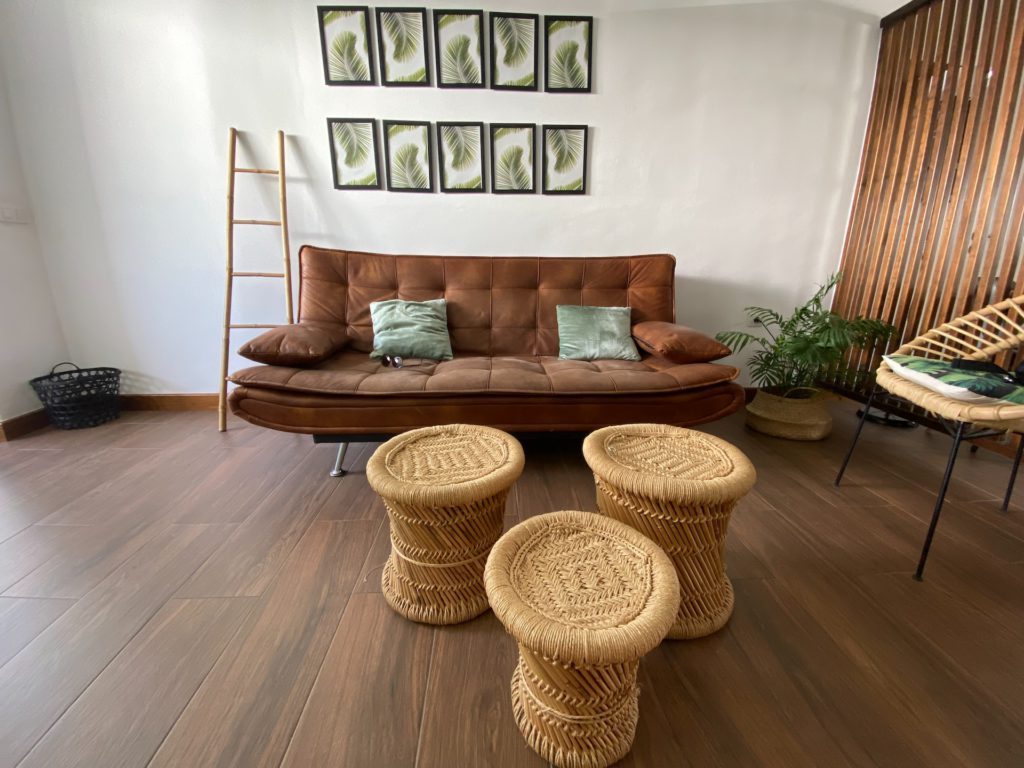
Bamboo “Linen” and Clothing
- very soft
- hypoallergenic
- cooler than traditional linens
- more durable
Bamboo fabric is a natural textile made from the pulp of bamboo grass. Bamboo linen is typically light, breathable, and cooler than traditional linens. It’s also hypoallergenic, meaning it’s more gentle and less likely to irritate the skin. Bamboo clothing, including shirts, dresses, and even socks, is celebrated for its softness and durability.
Bamboo Flooring
- eco-friendly
- durable
- fast to regrow
- cost-effective
Flooring made from bamboo is a great eco-friendly alternative to traditional hardwood floors. Bamboo grows much faster than trees, making it a more sustainable source of wood. It’s also as durable, if not more than traditional wood flooring.
Bamboo Toilet Paper
- sustainable alternative
- soft
- biodegradable
- hypoallergenic
Did you know your toilet paper could also be eco-friendly? Bamboo toilet paper, made from bamboo pulp, is a fantastic green choice. As bamboo grows 20 times faster than trees, using it to make toilet paper helps reduce deforestation.
There are reasons why bamboo has emerged as a front-runner in the race to make products more sustainable. Its versatility, coupled with its eco-friendly properties, is making the idea of a greener and cleaner world a closer reality.
What is the Sustainability of the Bamboo Industry?
Bamboo cultivation is deemed sustainable due to the plant’s rapid growth rate and resilience, which allows it to be harvested without depleting the supply. The Association of International Research states the international trade of bamboo and rattan products reached $2.5 billion in 2013, with a positive growth outlook. Thus, its versatility enables its use in a wide range of products, further fueling its demand and ensuring the industry’s growth.
Bamboo Production Practices
The way bamboo is planted heavily depends on its sustainability of bamboo profile. A well-managed bamboo plantation can produce large amounts of renewable material while conserving natural resources. Good bamboo farming practices involve minimal fertilizers and pesticides, as bamboo is typically resilient to most pests and diseases. Besides, its fast growth doesn’t require much water, conserving this critical resource.
One of the distinct advantages of bamboo cultivation is that it can thrive in various soil conditions, including poor or degraded soils. This makes it an excellent option for restoring degraded landscapes. Moreover, bamboo’s intricate root system helps to reduce soil erosion, especially in sloping terrain, improving land management and preventing landslides.
Bamboo as a Raw Material
The bamboo plant is a versatile raw material with various applications spanning construction, furniture, clothing, and utility products. Due to its rapid growth, strength, and flexibility, bamboo has become an ideal substitute for timber. Its usage minimizes deforestation and promotes more sustainable management of wood sources.
Building Material Applications
Bamboo’s application as a building material is promising, especially in developing countries. Traditional uses of bamboo in construction include scaffolding, thatch roofing, and flooring, among others. Moreover, contemporary construction methods utilize bamboo as a replacement for steel reinforcement in concrete, adding energy efficiency and sustainability features to modern structures.
Impact on Local Ecosystems
Bamboo, known for its rapid growth and resilience, has emerged as a sustainable and eco-friendly resource. Its cultivation could drive positive impacts, particularly in its potential as a carbon dioxide sink and its use as a sustainable alternative to other raw materials.
However, the introduction of bamboo into local ecosystems can bring potential challenges. Bamboo may become an invasive species, threatening local biodiversity. Additionally, balancing bamboo cultivation without impeding biodiversity can be tricky.
Bamboo products, such as fabric, toilet paper, and household items, offer an opportunity to harness this resource in a way that supports sustainability goals. However, responsible management of bamboo plantations is crucial to ensure we do not tip the delicate balance of local ecosystems.
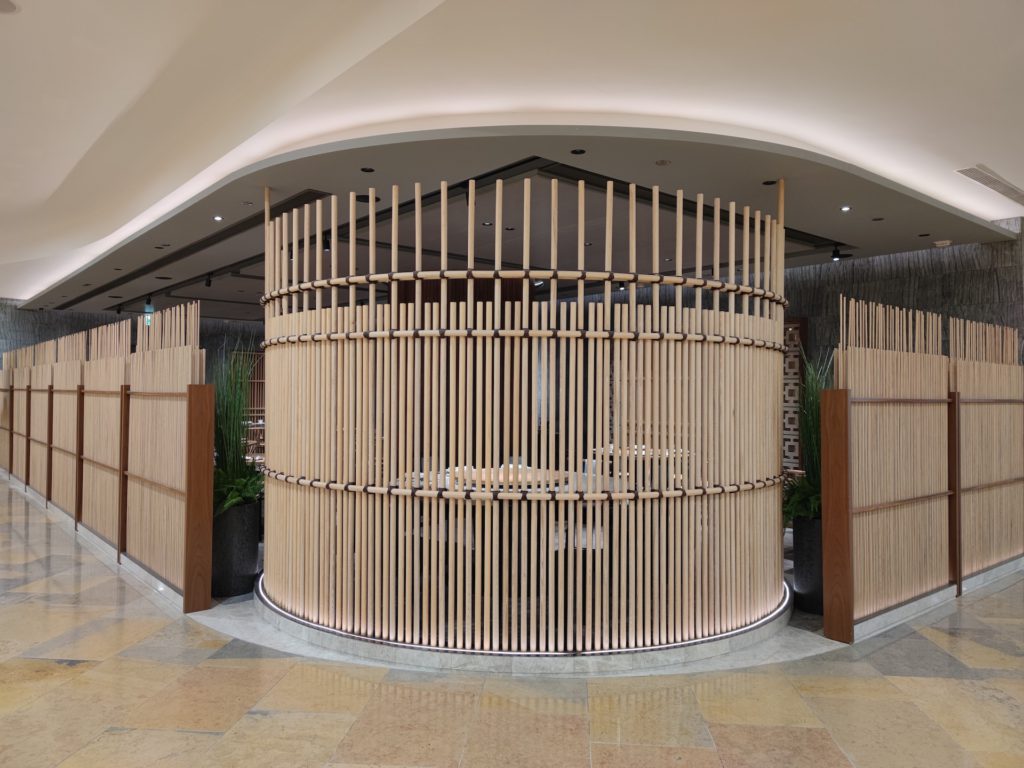
Frequently Asked Questions
Bamboo is considered a sustainable option for several reasons. Firstly, bamboo is a fast-growing grass that can re-mature in just a few years, unlike hardwood trees which take decades to grow. This rapid growth means that bamboo can be harvested sustainably without depleting the resource.
Bamboo products are highly eco-friendly. Bamboo is a renewable and biodegradable material, meaning it has a minimal environmental impact. Bamboo does not require pesticides or fertilizers during growth, making it even more environmentally friendly than other crops.
There are numerous products available in the global bamboo market. Some popular options include bamboo fabric, bamboo toilet paper, bamboo linen, bamboo clothing, bamboo straws, and bamboo flooring.
Bamboo can be processed into various products depending on its characteristics. For example, products made from bamboo can be converted into bamboo viscose or bamboo rayon for textile production. Bamboo can also be transformed into flooring by processing bamboo fiber and creating bamboo panels. The versatility of bamboo makes it an excellent raw material for different applications.
Bamboo production has a significantly lower environmental impact compared to other materials. Bamboo groves help to absorb carbon dioxide from the atmosphere, making them a valuable tool in combating climate change. Additionally, bamboo does not require as much water as other crops, reducing water consumption in agricultural practices.
Bamboo products are biodegradable because bamboo is a natural material that can break down over time. Unlike synthetic materials, bamboo decomposes without leaving long-lasting pollutants in the environment. This biodegradability further contributes to its sustainability.
Yes, bamboo is an excellent building material. Its strength and durability make it comparable to traditional hardwoods, while its sustainable nature is an added advantage. Bamboo can be used for various purposes, including construction, furniture, and even as a replacement for steel reinforcement in concrete.
Takeaway
In conclusion, bamboo is sustainable, highly renewable, and eco-friendly material making it a viable solution for eco-friendly living. Its rapid growth, natural regeneration, and carbon absorption make it an environment-friendly alternative to traditional materials.
Additionally, its versatility extends to multiple product applications, reducing the use of plastics and non-renewable materials.
But understanding and mitigating the potential negative impacts on local ecosystems is essential to make bamboo sustainable. As the world moves towards sustainable practices, embracing bamboo as a key resource highlights the harmonious relationship between humanity and nature, projecting a greener future.
